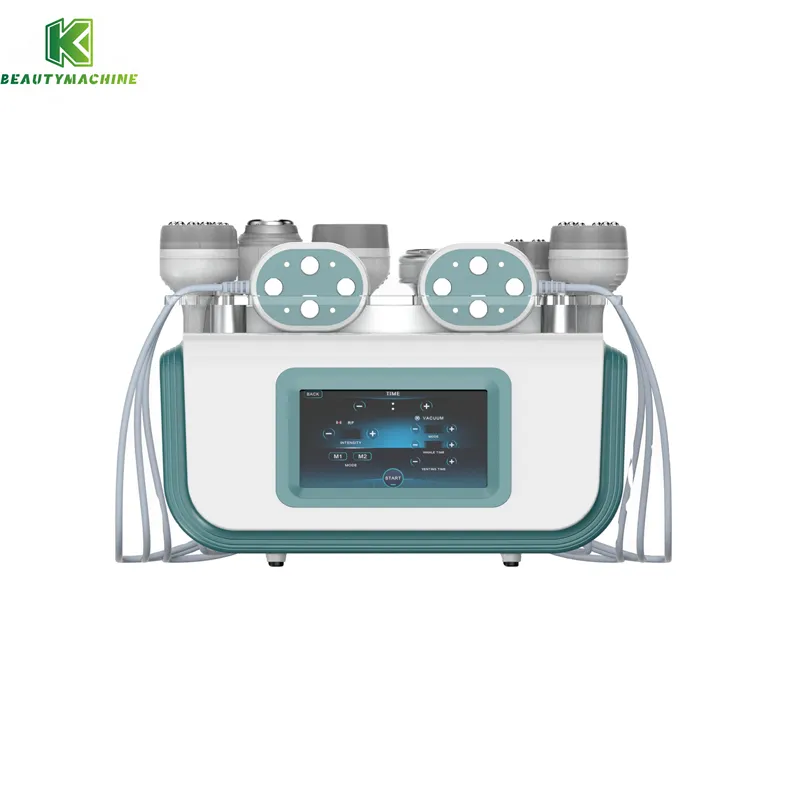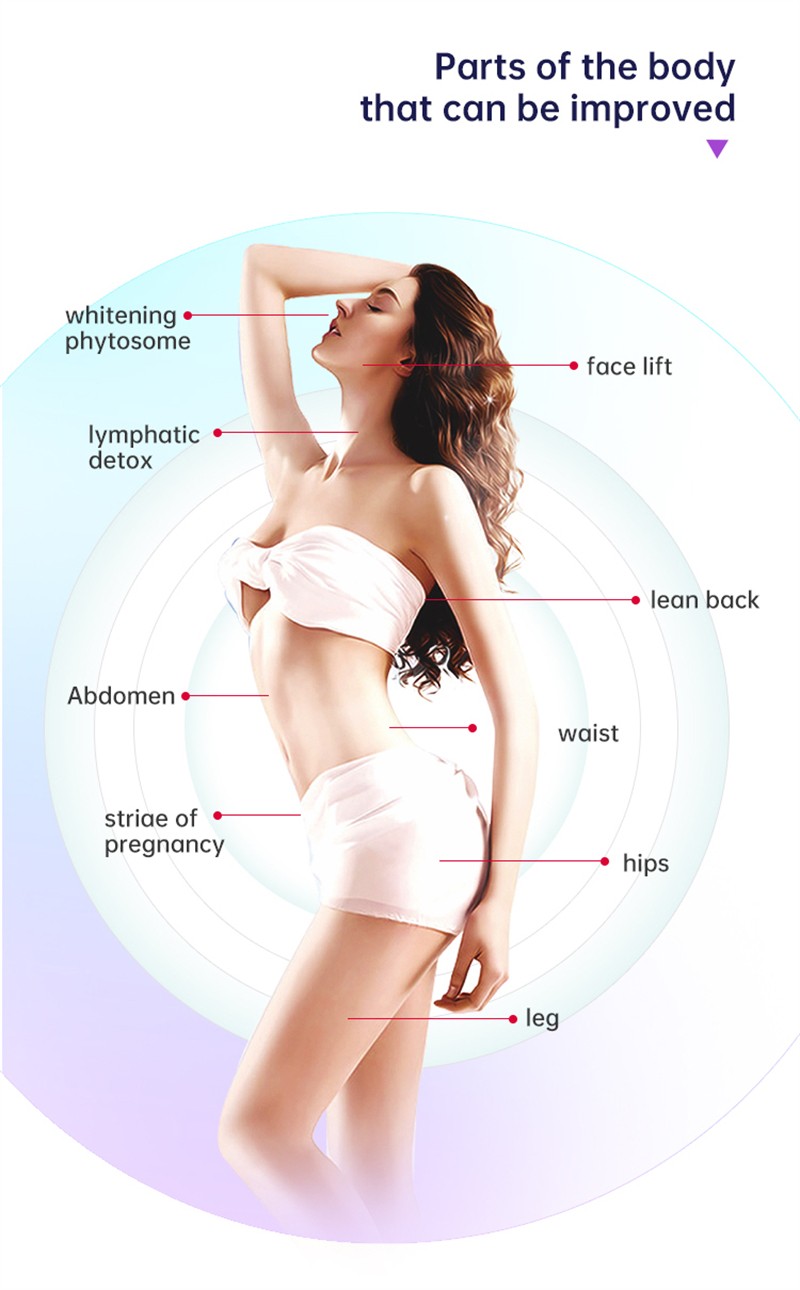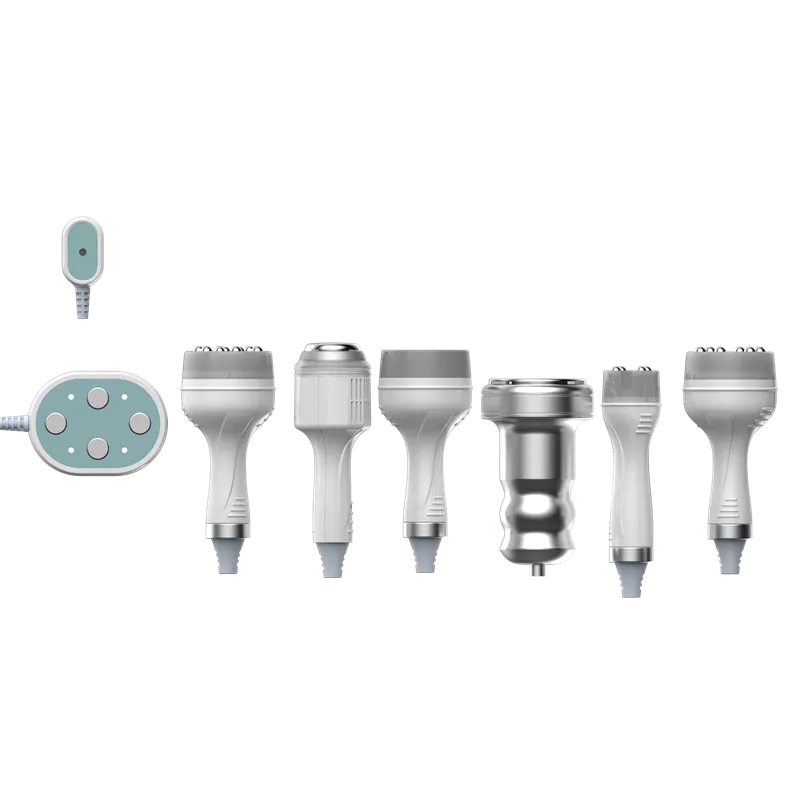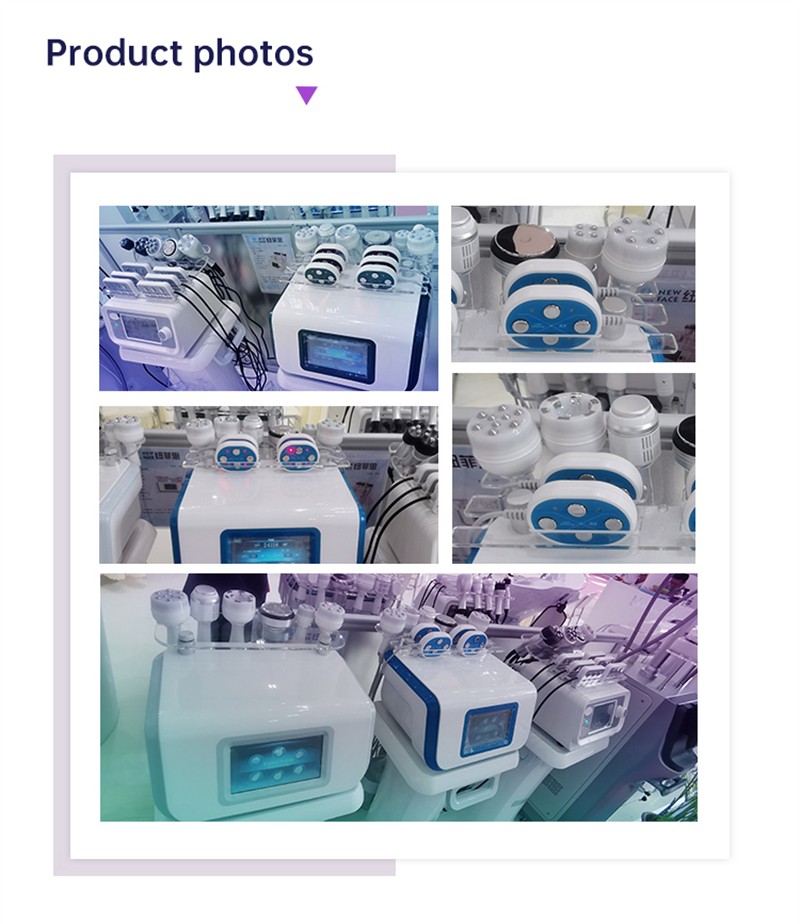
Where does fat go after ultrasonic cavitation?
2025-10-09 15:30
As a frequently used body contouring device, the ultrasonic cavitation machine has attracted widespread attention from users and aesthetic clinics for its non-surgical, low-risk nature. However, there are still many misunderstandings and blind spots regarding the key question: "Where does fat go after ultrasonic cavitation?"
This article will systematically explain the destination of fat after ultrasonic cavitation using a machine, drawing on multiple perspectives, including biophysics, fat cell metabolism, and physiological excretion mechanisms. Maintaining a scientific, logical, and professional approach, the article focuses on key words such as "ultrasonic cavitation" and "fat treatment pathways" to comprehensively analyze this important topic.

What is an ultrasonic cavitation machine?
To understand where fat goes, it's important to first understand the basic working principles and methods of an ultrasonic cavitation machine. An ultrasonic cavitation machine is a non-invasive cosmetic device that uses ultrasound to create a "cavitation effect" to target fat tissue.
1. The Physical Mechanism of the Cavitation Effect
"Cavitation" refers to the process by which ultrasound waves propagate through liquids, creating periodic, high-frequency pressure fluctuations. These bubbles form within the liquid, rapidly expanding and collapsing as the pressure fluctuates. This collapse releases powerful localized energy, creating micro-explosions of extremely high temperature and pressure, which directly impact the fat cell membranes, disrupting their integrity.
2. Main Functions of the Ultrasonic Cavitation Machine
• Disrupts the fat cell membrane structure
• Releases lipids stored within the cells (primarily glycerol and free fatty acids)
• Stimulates local microcirculation and lymphatic drainage
• Assists the body's natural metabolism and elimination of lipid byproducts
Throughout the process, the ultrasonic cavitation machine does not physically suck fat or directly "remove" it, but instead relies on the body's metabolic system to complete the subsequent elimination process.

The physiological fate of fat after ultrasonic cavitation machine use
Now that we understand how ultrasonic cavitation machines work, the key question is, "Where does this destroyed fat go?" Specifically, after ultrasonic cavitation, fat is released in two forms:
• Glycerol
• Free fatty acids (FFA)
These two substances follow different metabolic pathways:
1. Glycerol Disposal Pathway
Glycerol is a hydrophilic molecule released after fat cell lysis and is highly soluble in water. After entering the bloodstream through the intercellular fluid, it is primarily transported to the liver.
In the liver, glycerol can be converted into glucose (through gluconeogenesis) or participate in energy metabolism, ultimately being consumed by the body. If calorie intake is low or the body's energy balance is negative, glycerol will be consumed as energy.
In summary: Glycerol → blood → liver → energy metabolism or gluconeogenesis.
2. Free Fatty Acid Disposal Pathway
Free fatty acids are a key component in the breakdown of neutral fats (triglycerides). After being released by the ultrasonic cavitation machine, free fatty acids enter the blood or lymph and are carried to the following sites for metabolism:
• Muscle tissue: Directly oxidized by mitochondria as an energy source.
• Liver: Used for new fat synthesis or re-breakdown.
• Kidneys: A small portion is involved in metabolic processes.
• Adipose tissue: If not consumed promptly, excess fatty acids may be converted back into triglycerides and re-stored in other fat cells.
Therefore, fatty acid metabolism depends on an individual's energy metabolism. If energy output exceeds energy intake, free fatty acids are more likely to be completely consumed rather than re-stored.
Summary: Fatty acids → blood/lymph → muscle/liver → energy metabolism or storage.

Determinants of the metabolic pathway
Not all released fat is automatically "excreted" or "disappears." The effectiveness of ultrasonic cavitation machine treatment depends largely on individual physiological conditions and lifestyle habits:
1. Basal Metabolic Rate (BMR)
Those with a high BMR are more likely to process released fat more quickly. Those with a low BMR, such as those who are sedentary or have metabolic disorders, are more likely to re-store fatty acids.
2. Lymphatic Circulation and Detoxification
After ultrasonic cavitation affects fat cells, some metabolic products need to be excreted through the lymphatic system. If lymphatic circulation is poor, processing efficiency will be significantly reduced.
3. Combining Exercise with Diet
Exercise increases muscle's ability to oxidize fatty acids. Dietary control prevents new fat accumulation and prevents the resynthesis of fatty acids into triglycerides.
The Relationship Between "Where Fat Goes" and Weight Change
Many people misunderstand that using an ultrasonic cavitation machine will result in instant weight loss. In fact:
• Destroying fat cells does not necessarily mean instant weight loss.
• The speed of lipid metabolism affects the ultimate weight loss effect.
Because adipose tissue may experience temporary edema after releasing its contents, some individuals may experience slight weight fluctuations in the short term. However, with a smooth metabolism and a balanced diet, body fat content will decrease over time, and body shape will improve accordingly.
Specific manifestations of fat removal after ultrasonic cavitation
Based on the actual performance of metabolic pathways in the body, fat removal primarily occurs through the following pathways:
Methods | Description |
| Respiratory system | The final products of fat metabolism are carbon dioxide and water, most of which are excreted through exhalation (approximately 84%) |
| Urinary system | Some glycerol and water-soluble metabolites are filtered through the kidneys and excreted in urine |
| Sweat excretion | Very small amounts of fat metabolism byproducts are excreted through sweat glands |
| Intestinal excretion | Some lipids may bind to bile and be excreted in feces |
This explains why doctors and operators often recommend the following within 24-48 hours after using an ultrasonic cavitation machine:
• Increase water intake
• Avoid high-fat, high-sugar foods
• Mild to moderate aerobic exercise (such as brisk walking and swimming) is recommended
• Avoid alcohol and high-calorie intake
to maximize fat metabolism and elimination efficiency.

Why is it important to understand where fat goes?
Understanding the fat processing pathways isn't just about satisfying curiosity; it's a prerequisite for effective use of ultrasonic cavitation machines. If operators or consumers mistakenly believe that "cavitation" means direct fat removal and fail to pay attention to subsequent metabolic management, they may experience insignificant results or even weight gain.
Furthermore, some misleading medical cosmetic products use "fat shattering = permanent fat removal" as a marketing pitch, which can easily lead to a discrepancy between consumer expectations and actual results, leading to misunderstandings about the technology itself.
The correct understanding is:
Ultrasonic cavitation machines act on fat cells, releasing lipids that need to be broken down and excreted through the body's metabolic system; whether the fat disappears depends on metabolic rate and subsequent lifestyle management.
Can I get a product catalog with detailed specifications and prices?
Of course. Contact our sales team to request the latest KuoHai product catalog, which includes high-resolution photos, technical specifications, MOQ, and wholesale prices. Whether you're interested in breast enhancement devices, air purifiers, or laser treatment machines, the catalog is your first step to informed purchasing. We update our catalog regularly and offer seasonal promotions for selected brands.
Get the latest price? We'll respond as soon as possible(within 12 hours)







